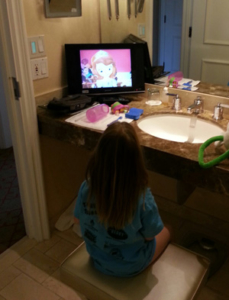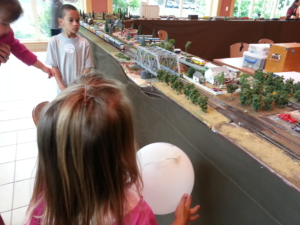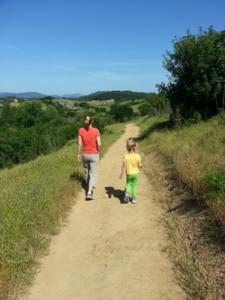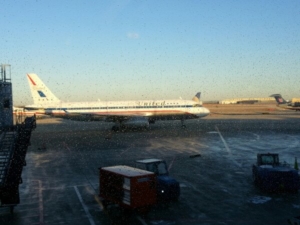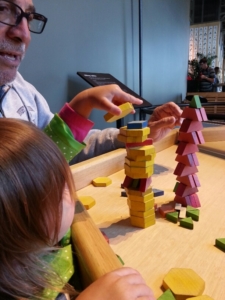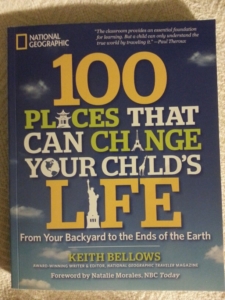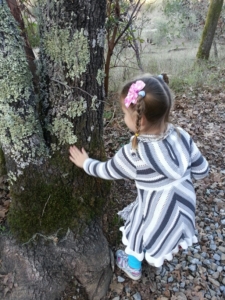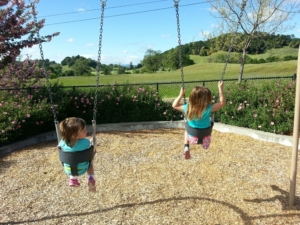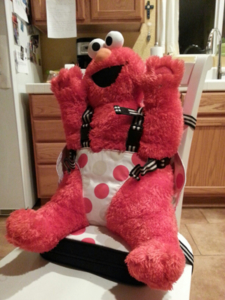Embracing Accidentally Family-Friendly Hotels
It’s one thing for a hotel to go out and declare itself as “family-friendly” and stock the rooms with all sorts of kid-oriented goodies and treats. It’s another thing for a hotel that doesn’t make a big deal about family travelers to boast the kinds of amenities that make us who vacation with kids feel right at home.
I like to consider this phenomenon “AFF,” or Accidentally Family-Friendly. As a traveler, when you experience it, it’s the best kind of surprise. Like a dollop of caramel in the center of a chocolate cupcake. Or a clutch hit from a rookie who just got his call-up to the Big Leagues.
Different families can deem different hotels AFF for different reasons. Here’s a rundown of some amenities that have made qualified properties as AFF in our recent experiences:
- Bathroom televisions. Sure, L loved the free stuffed animal she received upon checking in to the Four Seasons Hotel Los Angeles at Beverly Hills, but she’s still talking about the tiny television in the bathroom. The kid liked this TV so much she refused to watch the big one out in the bedroom. It also came in handy for me—while I shaved, she chilled out next to me and hung with “Sofia the First.”
- 24-hour room service. When we travel internationally (or just cross-country), we usually reward good in-transit behavior with favorite foods. This means ordering odd items (French fries, hummus) at all hours of the day and night. It also means we’ve become huge fans of all-hours room service. The girls love knowing they don’t have to wait for their rewards. We love the good behavior this reality usually engenders in mid-air.
- Flashlights. My kids love building forts and “camping out” (pretty much all the time at home and) in hotel rooms. The one item from home that’s always missing: A flashlight. I usually bring a headlamp for nighttime runs (yes, I’m that guy who runs at 11 p.m.), but the big boys are just too clunky to bring along. Naturally, then, you can imagine how excited the girls get when they find a flashlight hiding in the closet of a hotel room.
- Extra space. We love hotels like Maui’s Fairmont Kea Lani, where even the “standard” rooms actually are suites. When everyone’s awake, this configuration gives the girls room to spread out and do puzzles or have dance parties. When the girls go to sleep, it also gives Powerwoman and me the chance to shut the door to the bedroom and have some semblance of alone time.
The bottom line: Some hotels might be more family-friendly than you think. For an honest rundown of how other family travelers have rated a hotel, call the concierge and ask what in-room features seem to resonate with other customers in your demographic. Another, easier option: Ask friends, either in person or through social networking sites such as Facebook and Twitter. And remember, there’s more to “family-friendly” than toys and games.
To what extent have you found hotels AFF? Which amenities in particular did your kids adore?
Also: For more information about hotels and hotel amenities, join me this Wednesday, May 15, between 10:30 a.m. and noon, as I co-host a Twitter chat for Expedia. To follow along or participate, just log on to Twitter and search for the hashtag, #expediachat.


